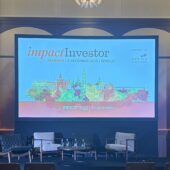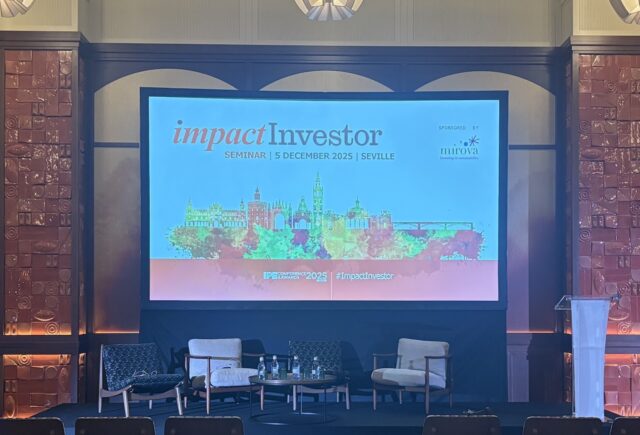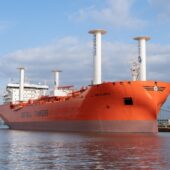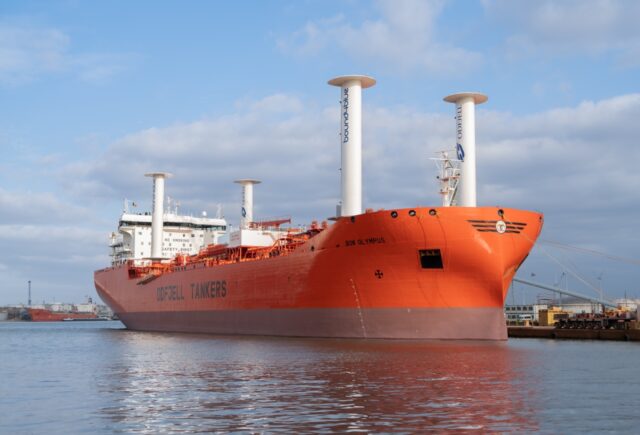Report finds sevenfold rise in private financing for emerging markets is required in the next decade to meet climate and energy goals.

The private financing urgently needed for the world to meet its clean energy goals will only be mobilised if a range of measures are put in place to de-risk and promote investment in developing countries: that’s the message from a new report launched this week by the International Finance Corporation (IFC) and the International Energy Agency (IEA).
This means greater use of blended finance and other technical, regulatory and financial support to unlock investment in clean energy in emerging and developing economies, which is where the bulk of funding will need to be directed to maximise the impact on global climate and energy goals, heads of the IFC and IEA told a media briefing at the report’s launch.
The launch of the report, Scaling Up Private Finance for Clean Energy in Emerging and Developing Economies, coincided with Summit for a New Global Financing Pact, convened in Paris by French president Emmanuel Macron this week, for governments and financial institutions to discuss how to mobilise the trillions of dollars needed to tackle climate change and other global social and environmental issues.
On clean energy alone, the task is huge. Annual clean energy investments in emerging and developing economies will need to more than triple to some $2.8trn by the early 2030s from $770bn in 2022 if rising energy demand and climate goals are to be met, according to the report.
The authors estimate that two thirds of that financing will need to come from the private sector, meaning that today’s $135bn of annual private financing for clean energy in the developing world needs to be converted into $1.1trn a year within a decade.
Increased use of blended finance – using public money to co-fund or de-risk private investment – is seen as key to persuading large private financial institutions to fund clean energy projects in developing countries that they currently regard as too risky or too small-scale to warrant investment.
IEA executive director Fatih Birol told the event that only around 10% of the increase in all forms of global energy investment since the Paris climate change agreement had taken place in emerging markets other than China, and that this imbalance needed to change if climate change and energy security challenges were to be combatted effectively.
“Our numbers show the future of the energy world and climate issues will be more and more decided in Delhi, Dakar, Baghdad, Jakarta and elsewhere”, rather than in rich countries, he said.
Support for new technology
The report estimates that $80bn-$100bn a year of concessional finance will be required by the early 2030s to attract private investment at the scale needed for an effective energy transition in emerging and developing economies excluding China.
That concessional financing will be vital to establish newer technologies that are not yet cost-competitive in many markets, such as battery storage, offshore wind, renewable-powered desalination and green hydrogen, or projects in higher risk frontier markets.
IFC managing director Makhtar Diop told journalists that the solar energy industry provided a blueprint for how concessional finance could help speed up the energy transition, having originally underpinned the early development of the sector. He noted that the solar industry was now able to stand on its own feet in many parts of the world, due to economies of scale and falling costs, that has made solar one of the world’s lower cost energy sources.
However, that has not been the case for much of sub-Saharan Africa, where the region’s solar energy capacity still totals less than that of the Netherlands, despite receiving 40% of the world’s solar radiation and being in desperate need of improved electricity access. While the economics of solar increasingly stack up, big investors still see large swathes of the developing world as too high risk.
Another challenge is the obstacle to investment in relatively small clean energy projects by major institutional investors geared to operate at the billion-dollar-plus scale. Here, the IFC and IEA see a solution in developing platforms that aggregate and securitize investments of differing sizes into one large investable opportunity.
Greater use of green, social, sustainable and sustainability- linked bonds could also be part of the solution, provided that industry guidelines, harmonized taxonomies and robust third-party certification are developed, according to the report. The spread of voluntary carbon market would also help support investment, the report said.
Tackling the lack of risk data
Diop said organisations such as the IFC, with its extensive knowledge of emerging market lending conditions, were well placed to address the lack of clarity among investors over the actual level of risk associated with investing in some emerging markets.
“They cannot appreciate properly the risk attached to investing in low-income countries, so they need to understand better the level of risk be able to price better the investment,” he told the event.
The IFC is currently making efforts to expand access to a wider group of investors for the Global Emerging Markets Risk Database (GEMs), which it established with partners in 2009 to pool credit information between multilateral development banks and development finance institutions in order to provide aggregate risk statistics.
But the story is not just about risk-averse investors. Conditions on the ground in investee countries often don’t inspire confidence. Investors are reluctant to finance clean energy in countries where there are doubts about the viability of local power buyers, for example, so establishing reliable long-term offtakers is seen as crucial to attract private investment.
Governments need to create an enabling environment to overcome hurdles such high upfront costs and the high cost of capital for many clean energy projects, through measures such as strengthening regulatory frameworks, energy institutions and infrastructure, reducing red tape, and improving access to finance at the local level.
Diop said the establishment of the Solar Energy Corporation of India was one example of how a government institution could kick start investment by providing a reliable partner for investors on some projects.






